|
Handling money is fascinating for children and it can be used to teach many different skills. It is also challenging for some children to grasp how it works. Teaching kids about money with games and activities will help them to make connections that can be used in real life. The more opportunities they have to work with it and handle it, the better they will understand how to use it. Learning the value of moneyI find it fascinating to watch kids choose nickels over dimes when given a choice.They don't know the value, but they think that bigger is worth more. They are always surprised to find out that the dime is worth more than the nickel. It is important to teach them what the values of the different coins are and how they can be combined in different ways to equal a certain amount of money. For example, 50 cents could be 2 quarters, 5 dimes, 10 nickels, 50 pennies, or combinations of these coins. Counting coins and bills is fun, and it is important too. In order to correctly pay for things or make change when given money, children need to understand how to count money. This is a great time to do activities that encourage exchanging money. Perhaps they could pretend to go shopping, or do some activity where they need to order food at a restaurant and pay cash for it. Understanding written money amountsBeing able to recognize money amounts in written form is also difficult for many children. They often get confused by the $ and the decimal point. The ¢ is not as difficult for them to recognize and use. The more they use both forms, the easier it will be for them. For younger children, explaining how the decimal works might be too abstract, but they should be able to understand that dollars come before the decimal and cents come after it. I like to use lots of games and activities to practice this. I created some task cards and Boom sets for counting money and matching up the ways it is written. You can check them out here. Debit cardsMany children think that money is a plastic card that parents use when they go shopping. They don't understand that a debit card is used for transferring money as a payment, but that the money needs to be there in order to spend it. They need to have this concept explained and taught to them. I discovered this when I was teaching my grade 3 class about money. This led to creating a unit with them about money, how to earn it, how to save it, and what happens when it is spent. It was a great learning experience for all of us. You can read more about it here. Making connectionsKids love to hear stories that relate to what they are learning. This was a great chance for me to share a story about my kids and their grandfather. Their grandfather saved any coins he received when he went places or bought things and he kept them in a container at home. When we would go over to visit, he would dump the coins out in the middle of the bed and let the kids take a handful of them. They were allowed to keep whatever they didn't drop as they went from one side of the bed to the other. It didn't take long for the older ones to strategically choose which coins they wanted to grab to gain the most money. He also had a big pig that he put all the pennies in. Once a year, they got to roll the pennies and take them to the bank. These activities gave them opportunities to practice handling money and counting it. Real life situations and other ways to use moneyMoney is also a great tool to use when practicing addition and subtraction. I often taught my students to "go to the bank" when they needed to regroup. We would also practice taking pennies and trading them in for dimes, taking dimes and trading them in for dollars, and the reverse. It helped them to visualize how regrouping works. The same thing can be done with base ten blocks, but my students were much more excited to use the money to do the regrouping. Real life situations are the best ways to help kids understand the importance of money. If they have a bank account and can see the money being deposited and withdrawn they will understand that money needs to be in the account in order for it to be taken out. Maybe they can be given opportunities to pay for things and then count the change to double check that they got the correct amount back. Learning about ways to earn money, save money, and give money is also important, but I will save that for another time. Here is a free set of task cards that may help with practicing how to recognize the way money amounts are written. You can get a copy by clicking the image. I hope that you found some ideas here to help with teaching money. Let me know in the comments if you have some other ways that work for you. I would love to hear about them. Don't forget to grab your free task cards by clicking the image or here. Related Posts
8 Comments
5/10/2022 12:22:39 am
I’m more than happy to discover this website. I need to thank you for your time for this, particularly a fantastic read!! I liked every little bit of it and I have you bookmarked to look at new information on your website.
Reply
5/13/2022 03:28:50 am
Thanks for sharing this useful information! Hope that you will continue with the kind of stuff you are doing.
Reply
6/28/2022 02:22:50 am
What an exquisite article! Your post is beneficial right now. Thank you for sharing this informative one.
Reply
7/12/2022 10:30:54 pm
It's informative and well-written. I'll tell my friends about it!
Reply
Leave a Reply. |
About Me Charlene Sequeira
I am a wife, mother of 4, grandmother of 9, and a retired primary and music teacher. I love working with kids and continue to volunteer at school and teach ukulele. Categories
All
|
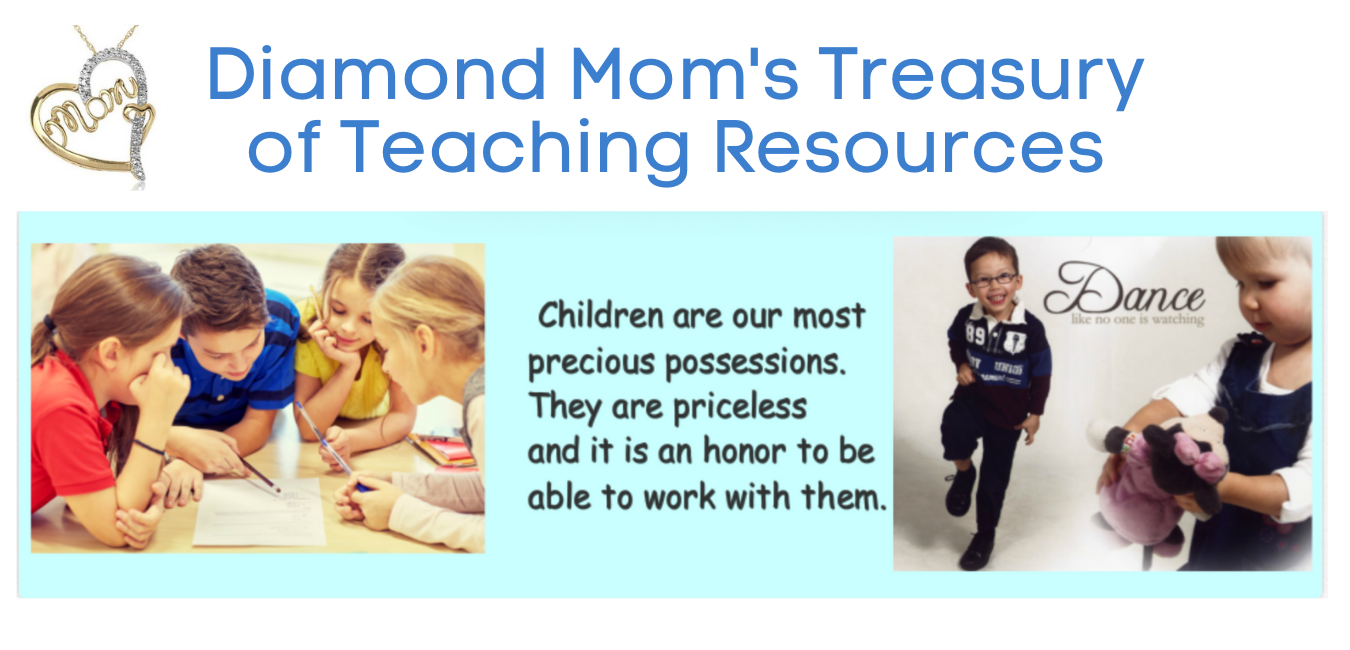
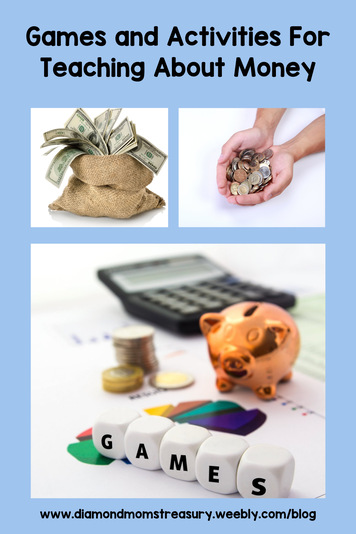
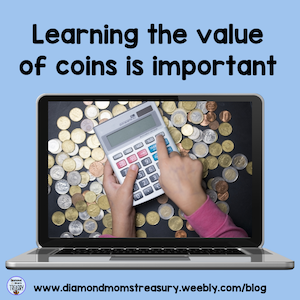
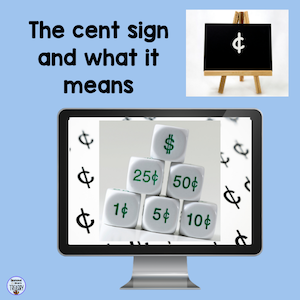
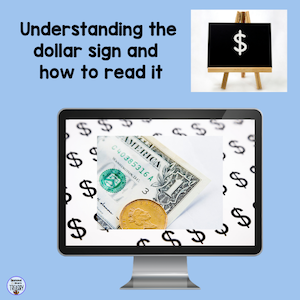
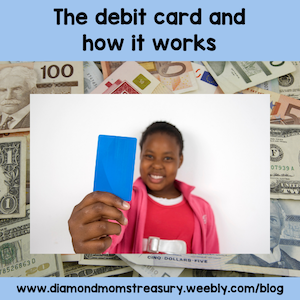
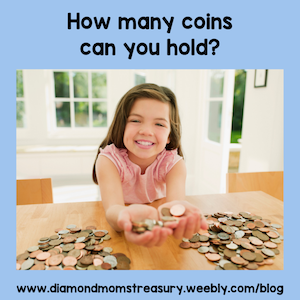
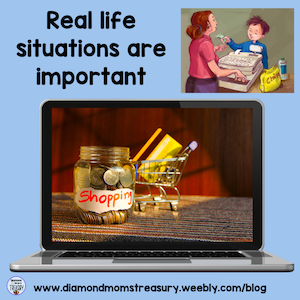
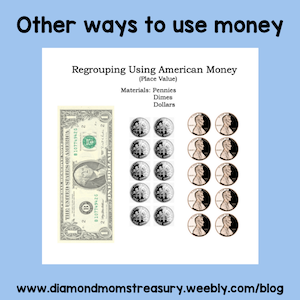
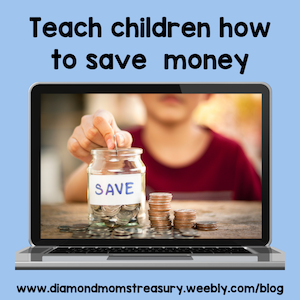

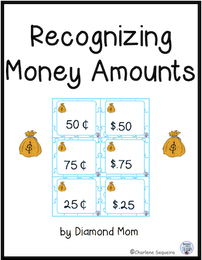


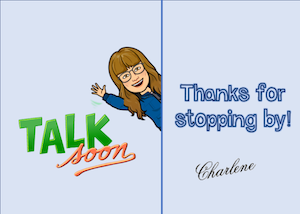
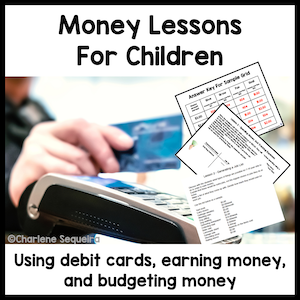
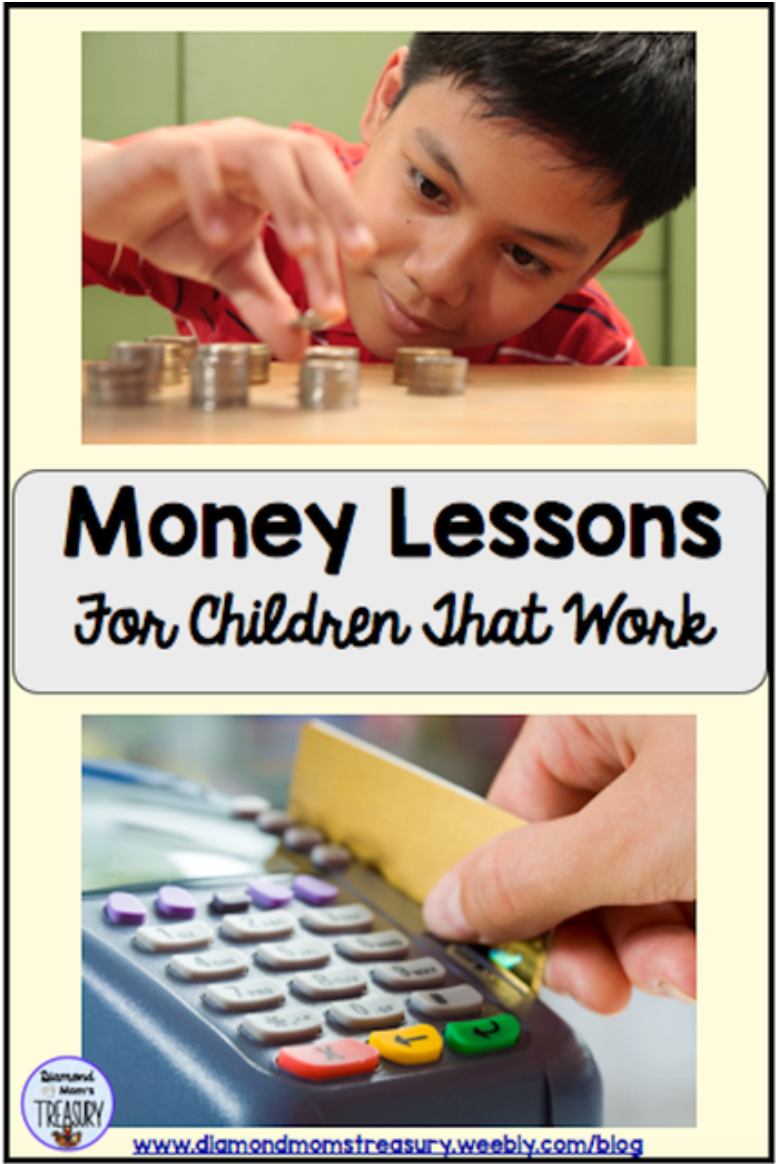
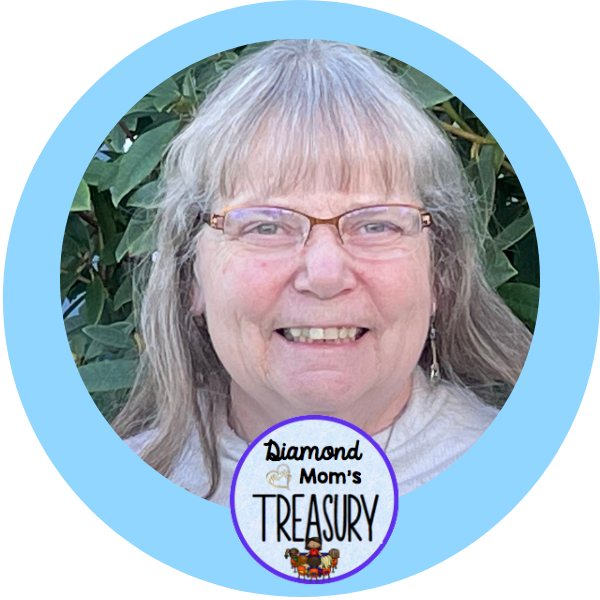


 RSS Feed
RSS Feed